Think of Britain and you will think of its magnificent castles, all unique and standing proud across the entire stretch of the country, from the towering peaks of Scotland to the southern most point in England
Each weathered brick of every structure reveals more about Britain’s fascinating heritage, from our days under the rule of the Roman Empire to the Norman Invasion in 1066.
Today, visitors from all four corners of the globe come to visit these wondrous testaments to our history. Here is our selection of Britain’s greatest castles.
The Tower of London
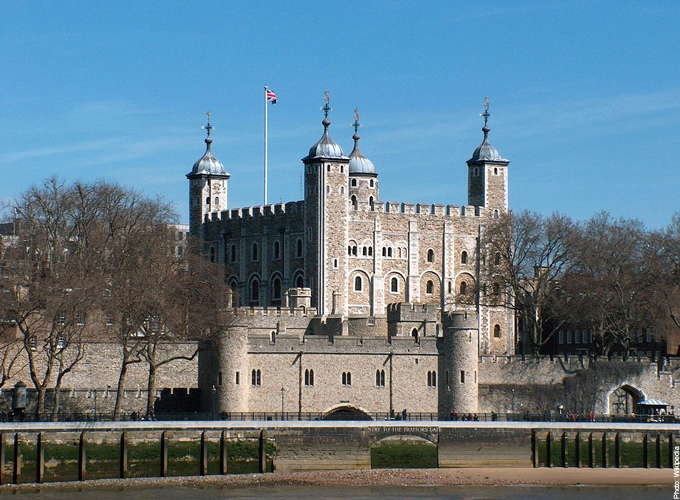
Her Majesty’s Royal Palace and Fortress is more commonly known as the Tower of London. Poised on the banks of the River Thames, it was founded in 1066 but the White Tower, which gives the entire castle its name, was built by William the Conqueror in 1078. To date, The Tower has served variously as an armoury, a treasury, a menagerie, the home of the Royal Mint, a public records office, a prison and the home of the Crown Jewels of the United Kingdom.
Edinburgh Castle
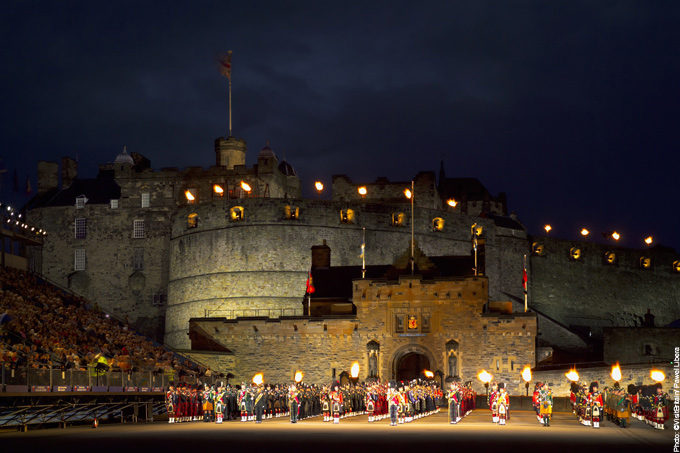
The fortress of Edinburgh Castle sits on top of the city, like a watchful guardian, upon an extinct volcano. Originally built in 1130 by Kind David I, the Castle represents over 800 years of Scottish history and is a World Heritage site. All visitors can take a free guided tour around the palace where they can see the Great Hall built in 1511 and the State rooms where Queen Marie de Guise died in 1560 and her daughter Mary Queen of Scots gave birth to James VI in 1566.
Windsor Castle
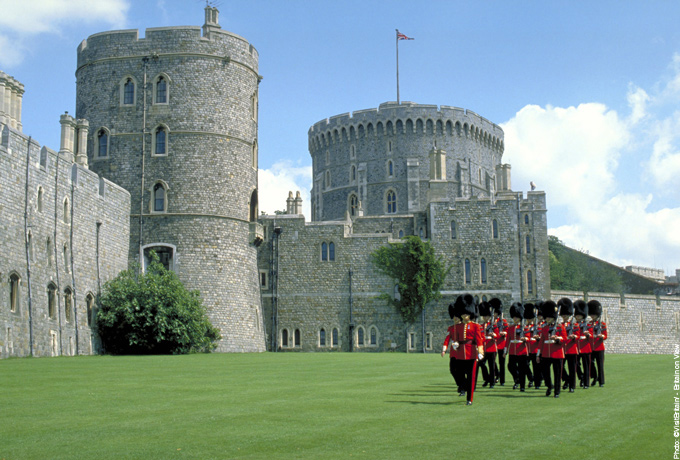
Windsor Castle is the oldest and largest occupied castle in the world and the Official Residence of Her Majesty The Queen. The original castle was built after the Norman invasion by William the Conqueror but since the time of Henry I it has been used by a succession of monarchs. In 1992, a fire destroyed or damaged more than 100 rooms at the Castle. By good fortune the rooms worst affected were empty at the time, and as a result, few of the Castle’s artistic treasures were destroyed.
Warwick Castle
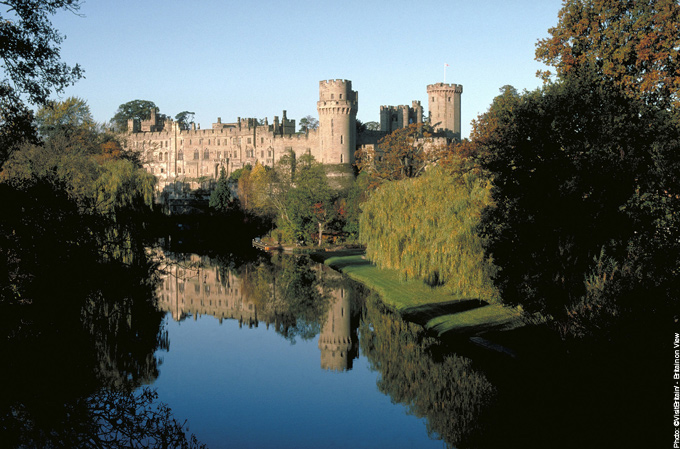
Warwick Castle was built in 1068 and was used as a fortification until the early 17th century, when Sir Fulke Greville converted it to a country house. Since its construction in the 11th century, the castle has undergone structural changes with additions of towers and redesigned residential buildings. Today, however, it is mostly recognised for the events and family activities which take place within its grounds, such as the spooky dungeon tours and the medieval banquets.
Bodiam Castle
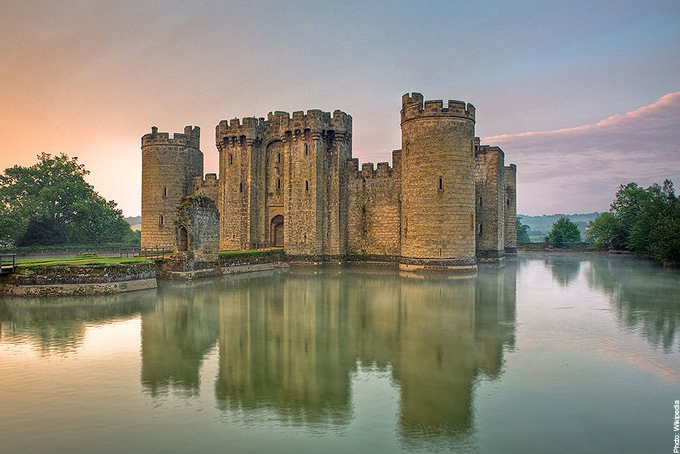
Bodiam Castle is located near Robertsbridge in East Sussex and is famed for being a perfect example of a moated castle. It was built in 1385 by Sir Edward Dalyngrigge, a former knight of Edward III, to defend the area against French invasion during the Hundred Years’ War.
Caernarfon Castle
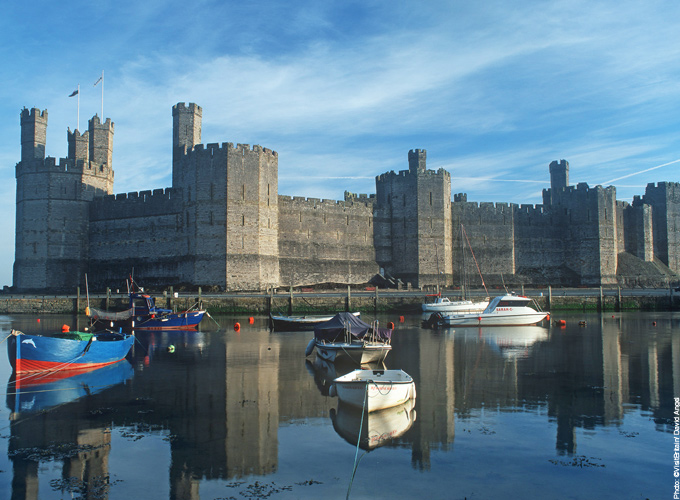
Caernarfon Castle is a glorious medieval structure based on the banks of the River Seiont in Gwynedd, north-west Wales. Despite its impressive appearance giving the ilusion of being mostly complete, the interior buildings no longer survive and many of the building plans were never finished. However, it still continues to be a symbol of Welsh Pride and is traditionally the seat for Prince Charles, Prince of Wales.
Arundel Castle
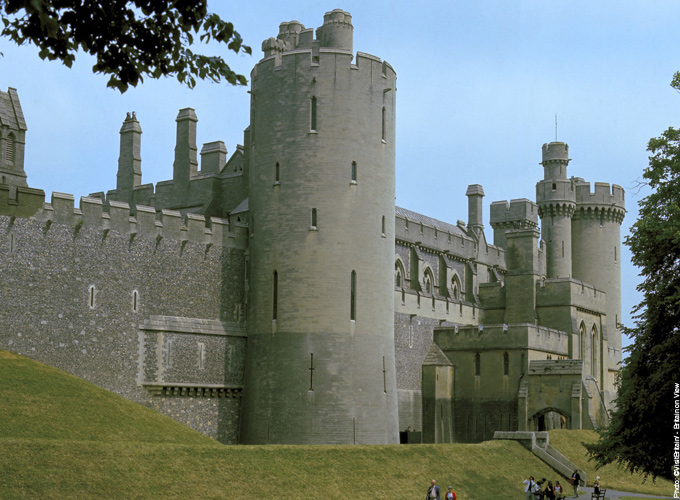
The beautiful, medieval Arundel Castle is set in West Sussex and was founded by Roger de Montgomery on Christmas Day 1067. It was damaged in the English Civil War but was respectfully restored in the 18th and 19th centuries. Consequently, it has been open to visitors seasonally for nearly 200 years and is considered to be one of the great treasure houses of England, having its own unique place in history.
Craigie Var
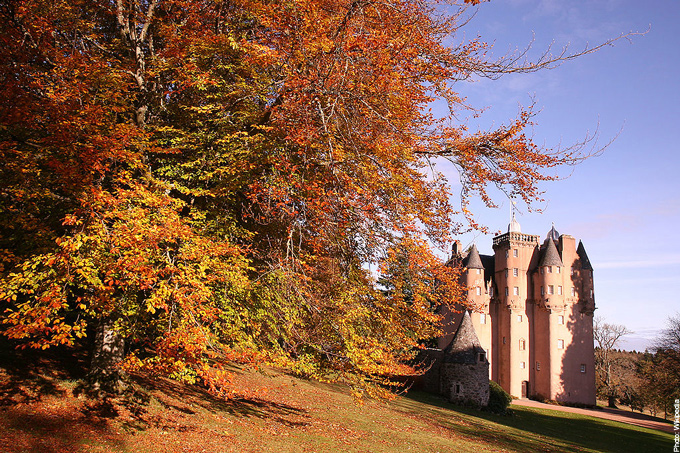
The rolling hills of the Grampian Mountains frame the picturesque dwelling of Craigie Var in Aberdeenshire, Scotland. An excellent example of the original Scottish Baronial architecture, the great seven-storey castle was completed in 1626 by the Aberdonian merchant William Forbes, ancestor to the “Forbes-Sempill family” and brother of the Bishop of Aberdeen.
Ludlow Castle

The dynamic ruins of Ludlow Castle in Shropshire overlook the town from a high point above the River Teme. In the Middle Ages it was an important strategic stronghold for control of the Welsh Borders, and at times the seat of English government in Wales. Now open to the public, the castle is a Grade I listed building and a Scheduled Ancient Monument.
Alnwick Castle
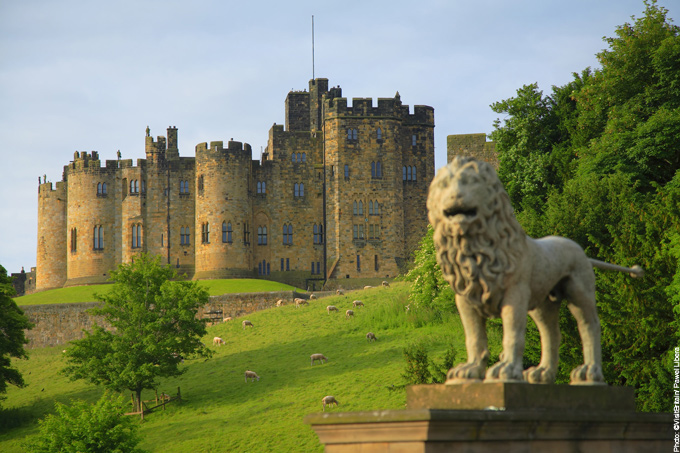
Nestled in the heart of Northumberland, Alnwick Castle was first mentioned in 1136 when it was captured by King David I of Scotland. During the Wars of the Roses,it was one of three castles held by Lancastrian forces in 1461 and 1462 but today, the current Duke of Northumberland and his family live within its walls. After Windsor Castle, it is the second largest inhabited castle in England, and has earned further fame recently, featuring as ‘Hogwarts’ in the first two Harry Potter movies.
Caerlaverock Castle
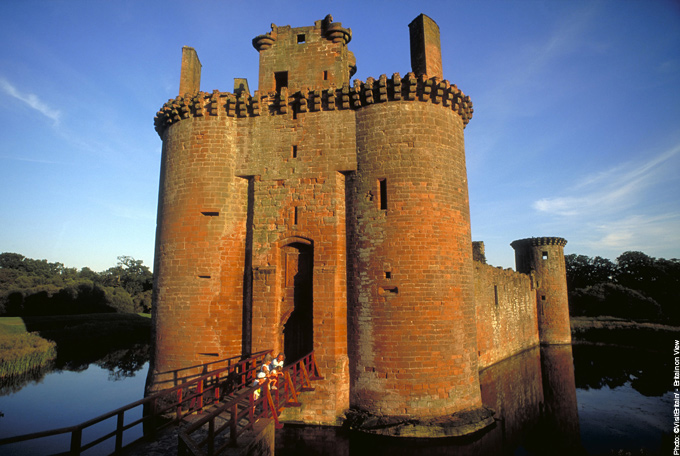
Tucked away in the Caerlaverock National Nature Reserve area at the Solway Firth, south of Dumfries, is the intriguing Caerlaverock Castle, a 13th century moated triangular castle. Parts of the castle were rebuilt in the 15th century. After a siege in 1640 that pitted the steadfast Catholic Maxwells against angry Protestant factions, the castle was permanently abandoned. During the battle the south wall and tower were demolished and remain so to this day.
Leeds Castle
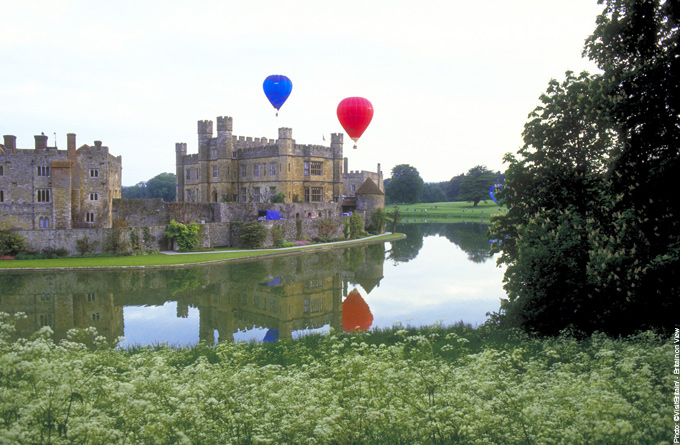
Leeds Castle, set on two islands on the River Len in the heart of Kent in England, has been fortified for more than 900 years. Built in 1119 by Robert de Crèvecœur as a Norman stronghold to replace the earlier Saxon manor of Esledes, the castle became a royal palace in 1278 for King Edward I of England and his queen, Eleanor of Castile. The castle is still a major visitor attraction and also boasts a museum featuring an usual collection of dog collars dating back to the 16th Century.
Kenilworth Castle
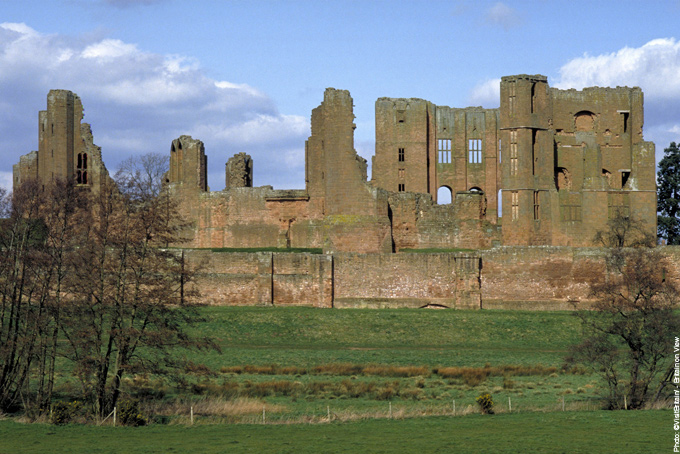
Constructed from Norman through to Tudor times, Kenilworth Castle in Warwickshire was subject of the six-month long Siege of Kenilworth in 1266- believed to be the longest siege in English history- and formed a base for Lancastrian operations in the War of the Roses. Kenilworth was partly destroyed by Parliamentary forces in 1649 to prevent it being used as a military stronghold. Only two of its buildings remain habitable today. The castle became a tourist destination from the 18th century onwards, becoming famous in the Victorian period following the publishing of Sir Walter Scott’s novel Kenilworth in 1826.
Bamburgh Castle
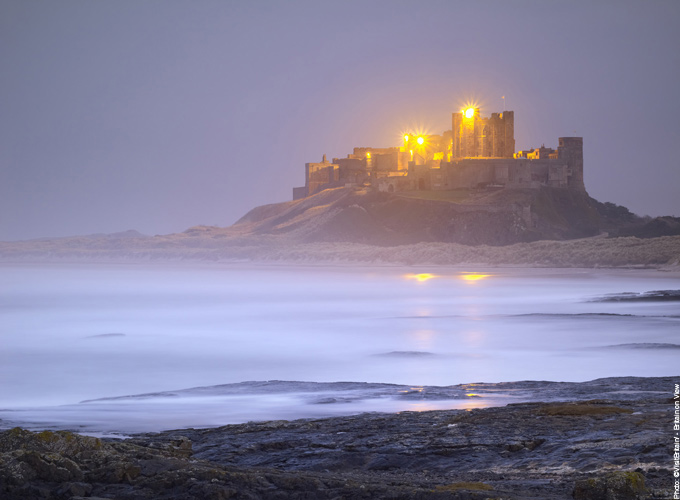
Built on a basalt outcrop, the first written reference to Bamburgh Castle in Northumberland was 547 AD. It was wrecklessly destroyed by the Vikings in 993AD to the point of disrepair. However, the Normans built a new castle on the site and it has been subject to renovations ever since. In fact, the Bamburgh castle we see currently is a relatively recent structure, built by industrialist, the first Lord Armstrong, at vast cost in late Victorian times. Still, it continues to be one of Northumberland’s iconic structures.
Learn more about our Kings and Queens, castles and cathedrals, countryside and coastline in every issue of BRITAIN magazine!





 © 2024
© 2024